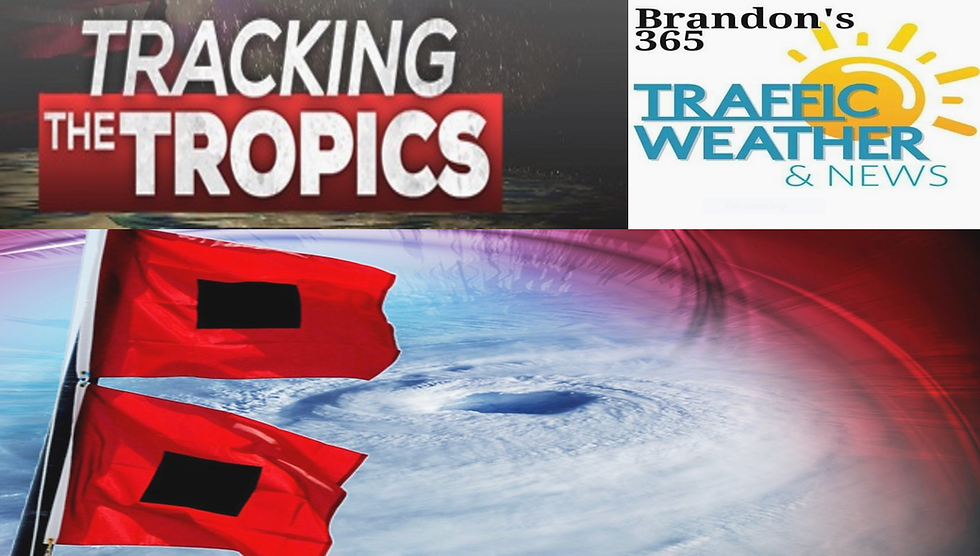It is official LA NIÑA has arrived what you need to know
- Brandon Shipp

- Sep 11, 2020
- 2 min read
LA NIÑA PATTERN: It is official we are in a La Niña Pattern. The Climate Prediction Center says La Niña could continue through the fall and winter. The chances of that are around 75%. La Niñas involve the cooling of the ocean temperatures in the equatorial Pacific with stronger than normal easterly winds. The increase in winds causes upwelling of cooler, deeper ocean water. A La Niña is officially declared when, over a three month period, ocean temperatures along the equator in the Pacific average 0.5 degrees C or more below normal. It is important to remember that no 2 La Niñas are exactly the same. Typically a La Niña features more activity tropical storms hurricanes in the Atlantic basin we have already seen plenty of that. Typically during a La Niña there is less and weaker wind shear. Wind shear can tear hurricanes apart if there is little to no wind shear the storms are free to intensify. While typically a La Niña features drier and warmer than average conditions across the south, there have been winters during a La Niña that have had snow and ice in the south and southeast such as 1973, 2009, 2010, 2011, and 2017. La Niñas typically bring wet weather to the Ohio Valley, Midwest,Great Lakes, and Pacific Northwest regions. It typically keeps the real arctic cold air across the Northern US but sometimes the Jet stream can dip down just long enough to match the moisture with the cold air. I plan on doing several more weather blogs on La Niña this fall and winter and in-depth research on previous La Niñas. My official Winter outlook will be released sometime between late October and the middle of November. I will be following this and monitoring this closely and have updates throughout the fall and winter.












Comments